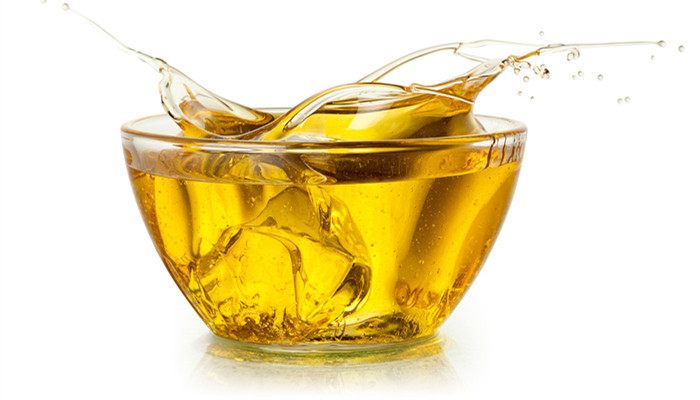
The enzymatic degumming process has high promotion value and broad application prospects in the future.
Vegetable oil crude oil obtained by extraction or pressing contains many impurities or colloids such as phospholipids, proteins, sugars, pigments, trace elements, etc. The presence of impurities has a great impact on the color, smell, and stability of the oil. Degumming is an important step in vegetable oil refining, which refers to the process of removing hydrated phospholipids and non-hydrated phospholipids in the oil.
Degumming processes include hydration degumming, acid degumming, special wet degumming, membrane filtration degumming, enzymatic degumming, dry degumming, etc. Among them, enzymatic degumming is an emerging degumming process that uses phospholipase from biological fermentation to cut off phospholipids. bond, converting the triglyceride in the phospholipid structure into diglyceride, the diglyceride can be dissolved in oil, and the broken phospholipid bond is converted into a phospholipid salt and transferred to the water phase.
Compared with the traditional degumming process, enzymatic degumming has the advantages of mild reaction conditions, low oil loss, high comprehensive oil yield, good oil stability, simplicity and convenience, etc. It has potential advantages in terms of environmental protection, economy, and quality. At present, traditional degumming (hydration degumming, acid degumming, etc.) is still a commonly used degumming process in actual production. However, with the development of biotechnology, enzymatic degumming is constantly replacing traditional degumming processes.
According to the “2022-2027 Enzymatic Degumming Process Industry Market In-depth Research and Investment Prospects Forecast Analysis Report released by the Industrial Research Center , Enzymatic degumming is suitable for refining vegetable oils such as soybean oil, rapeseed oil, peanut oil, and degumming flax fiber. Currently, phospholipase preparations used for enzymatic degumming include PLA1, PLA2, PLC, etc. Relevant manufacturers include Danlisk, Novo Weixin, Wai Rui Niu, etc., in flax fiber degumming, commonly used enzyme preparations include pectinase, hemicellulose degrading enzyme, etc.
With the advancement of biotechnology, the processing cost of phospholipase preparations has dropped significantly. At the same time, thanks to technological improvements, enzymatic degumming has been widely used in European and American countries. Enzymatic degumming has great promotion value. The mature application of enzymatic degumming is expected to inject new impetus into enterprises to increase production and efficiency. In recent years, more and more enterprises have begun to choose enzymatic degumming technology, such as Xiwang Food, COFCO Cereals and Oils, COFCO Engineering, Aoxing Cereals and Oils Group, etc.
my country is a major producer of grain and oil, as well as flax. The application of enzymatic degumming technology has broad prospects. However, at present, enzymatic degumming has not been widely used in industrial production in China. The reasons that limit the application of enzymatic degumming include the supply of phospholipase preparations. The channels are limited and the cost is expensive; the phospholipase preparation recovery technology, process and equipment are not yet perfect; enzymatic degumming takes a long time, and there are problems such as increased acid value.
Industry analysts said that compared with traditional degumming processes, enzymatic degumming has the advantages of environmental protection, low energy consumption, and high oil yield. , but at present, there are still problems in the promotion and application of enzymatic degumming, such as technology, cost, and enzyme preparation supply. With the tightening of environmental protection supervision and the advancement of biotechnology, the enzymatic degumming process is becoming a new choice for more and more enterprises, and the application space of enzymatic degumming is broad in the future.

 微信扫一扫打赏
微信扫一扫打赏

